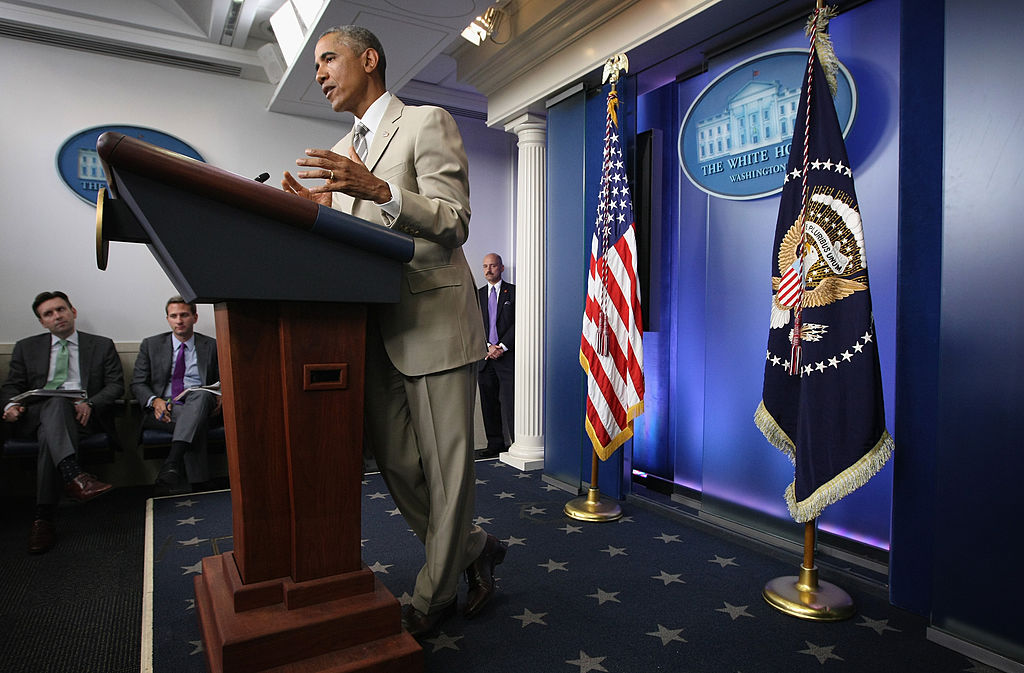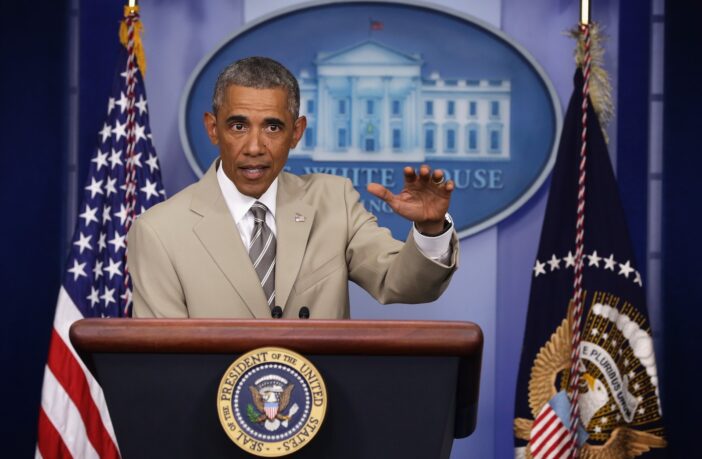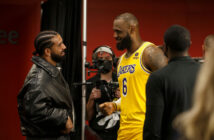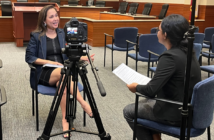This election season has given Democrats something many say the party hasn’t felt in a while—hope.
With Joe Biden dropping out of the race, Kamala Harris securing the Democratic presidential nomination and the refreshingly popular decision to have Tim Walz on the ticket as the vice presidential nominee, things are headed in a way that feels foreign to the current political reality we’ve been existing inside the context of.
The switch from the collective nervousness and destabilizing aura surrounding the upcoming election before Joe Biden announced he would no longer run is still palpable.
A certain freshness exists at the prospect of having a presidential candidate that inspires more optimism than fear. The dread and anxiety of another Trump presidency were mitigated by Harris’s composed demeanor and, to some extent, her openness to feedback.
From viral memes to Beyoncé endorsement via X (formerly Twitter), many have compared the wide-spanning hope to the same feeling that filled the air during the 2008-Obama era.
 Beyonce and President Barack Obama. Image: Rob Carr for Getty Images.
Beyonce and President Barack Obama. Image: Rob Carr for Getty Images.
The brightness of this forthcoming election season is not the only thing that feels familiar, though.
August 2028 marks ten years since the Obama tan suit controversy, which inspired asinine discourse, striking rebuttals and—like any viral moment—thirst traps.
In 2014, then-President Barack Obama gave a press conference at the White House to address ISIS in Syria, but the focus was almost instantly transferred to his attire.

 Former U.S. President Barack Obama. Image: Alex Wong for Getty Images.
Former U.S. President Barack Obama. Image: Alex Wong for Getty Images.
The beige suit united haters from every corner, including fashion enthusiasts, political commentators and a bit of everything in between.
Now, 10 years later, we have been everywhere and back regarding political relations in the United States. And as they say, the more things seem to change, the more they stay the same.
From her silk press to her attire, Harris and Black politicians like her are held to a different, broadly capricious standard when it comes to their appearance.
This extends beyond the bounds of politics as the appearance of Black people is dissected and critiqued, often to the point of redundancy.
“Black people are often attacked for small or even nonexistent lapses—anything a Black person does “wrong” will be seen, by many, as evidence of poor character or lack of sophistication,” author Richard Ford tells EBONY.
In his book Dress Codes: How the Laws of Fashion Made History, Ford explores the nuances of dress and style. So, while politics is not exclusively impacted by this phenomenon, the discourse is platformed in a manner that allows us to draw parallels between the disparaging treatment.
“Because Black people are still quite underrepresented in politics, everything they do tends to stand out. So they get more scrutiny because everyone notices them, whereas the white people sort of blend in,” says Ford.
Furthermore, we often bear the weight of being the sole representation of our communities when placed in positions of power, a weighty responsibility that further hammers the nail into the pervasive foundation of respectability politics.
“Black people are seen as representatives of the race—so rather than seeing a personal eccentricity as just that, it is thought to reflect on Black people generally,” explains Ford.
As such, many Black politicians and people in high-visibility positions feel they have to navigate the world in a manner that is not outwardly reflective of who they are.
With this becoming the general expectation, we run into an ongoing cycle of upkeeping ideals based on white supremacy to fit in and traverse the rocky hills of identity politics, a famously controversial ideal as is.
“Critics of identity politics would say it means that identity—typical race, sex, sexual orientation, gender—is the most important thing in politics,” explains Ford. “That only people of a particular identity are morally entitled to express an opinion about issues facing that group and that people outside the group can’t understand what it likes to be a member of the group.”
Others might argue that these identities are crucial to understanding and combating discrimination, biases and stereotypes.
In any case, this can leave us vulnerable to numerous fallacies in terms of how we are viewed both independently and as a collective.
“Because of this, many Black folks try very hard to avoid confirming stereotypes or doing anything that might reflect poorly on the race,” Ford says.
As can be seen in the responses to former president Obama’s tan suit, respectability politics will not save us.
No matter how straight our hair or how well-tailored our suits are, we cannot outdress racial biases because the goalpost is purposely ever-shifting.
In a study by Oregon State University, Black men were perceived better when they wore “professional” clothing compared to sweats and more casual clothing. Still, the treatment of Black people, even when they dress the part, is subpar and heavily critiqued á la, tan suit gate, or any number of harmful remarks made about Michelle Obama’s appearance both in and out of the White House.

 Image: Cavan Images for Getty Images.
Image: Cavan Images for Getty Images.
But when white politicians wear a hoodie and shorts on the Senate floor or an Obama beige knockoff to try and impede equitable healthcare, it is not nearly as big of a deal.
It’s frustrating, disillusioning and most glaringly—a reminder.
Not only do we have to look twice as good, but we also have to dress “better” than the same arbitrary, white-centered standard as well.



